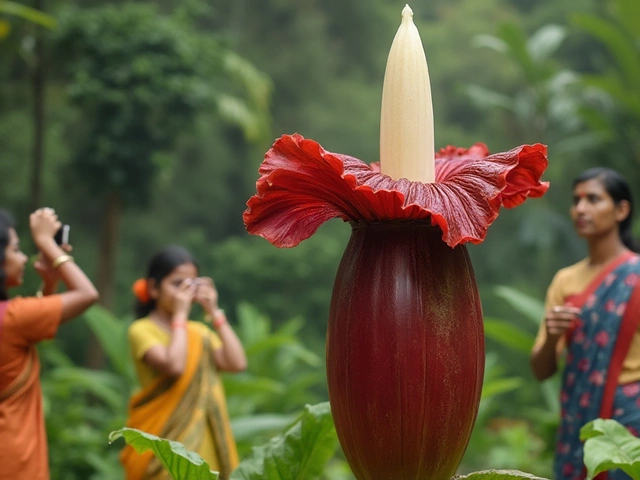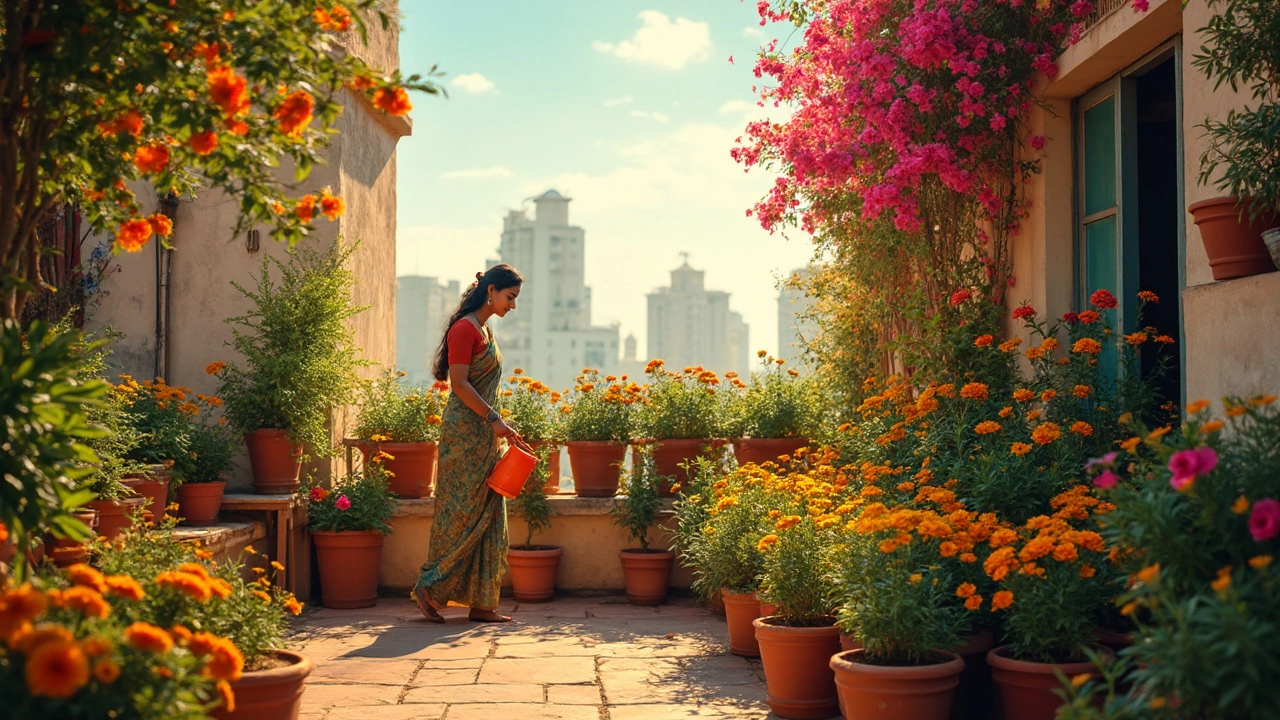Indian Garden Tips for a Thriving Yard
Starting a garden in India can feel like a puzzle—hot summers, monsoons, and soil that’s anything but uniform. The good news? You don’t need a horticulture degree to grow healthy plants. Below are simple, proven tricks you can try today, no matter if you have a balcony or a big backyard.
Save Water the Indian Way
Water is the biggest expense for most Indian gardeners, especially during the scorching summer months. One of the easiest ways to cut down on waste is to use drip irrigation. Bury the drip lines about 5‑6 cm deep to protect them from UV damage and to keep the water close to the roots. If you’re on a budget, start with a simple soaker hose or even reused plastic bottles with tiny holes.
Another tip: water early in the morning or late evening. The soil absorbs more and evaporation drops dramatically. Pair this with mulching—spread a 2‑3 cm layer of straw, dry leaves, or coconut coir around each plant. Mulch keeps the soil cool, reduces weed growth, and slowly releases moisture back into the ground.
Soil Care for Indian Climates
Indian soils range from sandy in Rajasthan to clayey in the east. The key is to improve organic matter. Add compost or well‑rotted farmyard manure at a rate of 5‑10 kg per square meter before planting. This boosts microbial activity, improves drainage, and supplies nutrients over time.
If you have heavy, compacted soil, mix in coarse sand or fine gravel—about 30 % of the total volume. This loosens the texture, making it easier for roots to breathe. For acidic soils common in the Nilgiris, sprinkle a handful of garden lime per square meter; it raises pH and helps nutrients become available.
Don’t forget to test your soil every year. A simple DIY kit can tell you the pH and major nutrient levels. Adjustments are cheap and make a huge difference in plant health.
Beyond water and soil, timing is everything. Plant cool‑season vegetables like spinach, peas, and carrots in October‑December, and warm‑season crops such as tomatoes, chillies, and okra after the last frost, usually late February to early March. Knowing the local climate zones—whether you’re in the humid east coast or the dry Deccan plateau—helps you pick the right varieties that will thrive without constant fuss.
Native plants are a hidden gem for Indian gardens. Species like Azadirachta indica (neem), Hibiscus rosa-sinensis, and Ocimum tenuiflorum (tulsi) need far less water and fertilizer than exotic imports. They also attract beneficial insects that keep pests in check.
Speaking of pests, avoid chemicals unless absolutely necessary. A spray of neem oil, garlic paste, or a dusting of ash can deter aphids, whiteflies, and caterpillars. Rotate crops each season to break pest cycles—don’t plant the same vegetable family in the same spot year after year.
Last but not least, keep a garden journal. Jot down when you plant, water, fertilize, and any problems you notice. Over time you’ll spot patterns and know exactly what works for your micro‑climate.
With these straightforward tips—smart watering, enriched soil, seasonal planting, native choices, and natural pest control—you’ll see greener, healthier growth without breaking the bank. Happy gardening!
What Flower Will Bloom All Summer Long? Top Picks for Hot Indian Months
Looking for flowers that don’t fizzle out halfway through the Indian summer? This guide lists popular blooms that keep going strong even in the toughest heat. Discover which plants actually thrive all summer, and learn smart ways to care for them. Get specific, realistic tips for both pots and ground beds. You’ll find easy, durable options whether you’re in a city flat or a big yard.
About
Seasonal Plants
Latest Posts
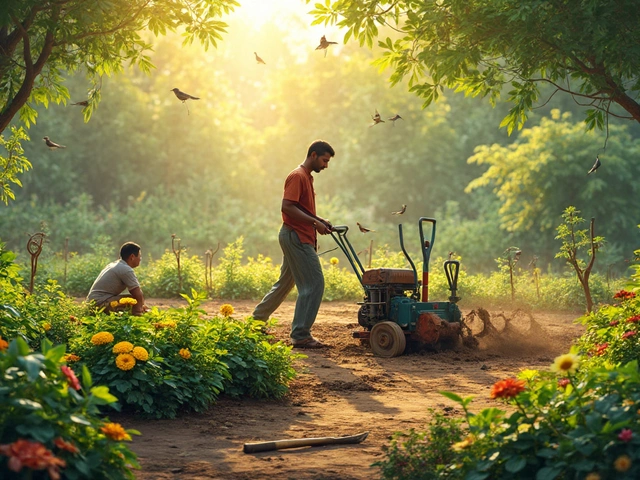
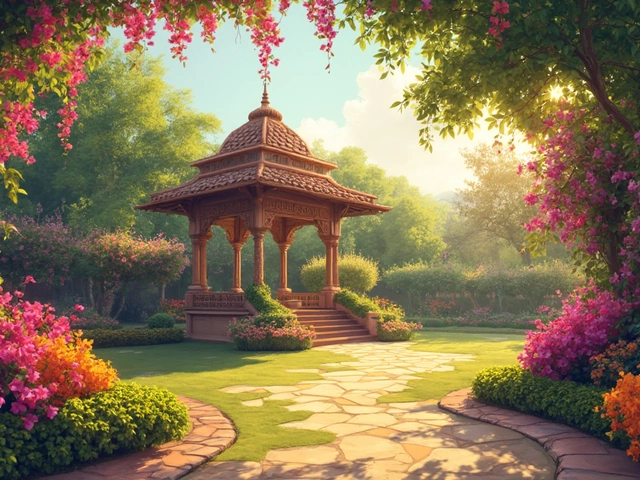
Discover the 365-Day Flowering Tree of India: Bougainvillea!
By Alden Thorne Apr 3, 2025
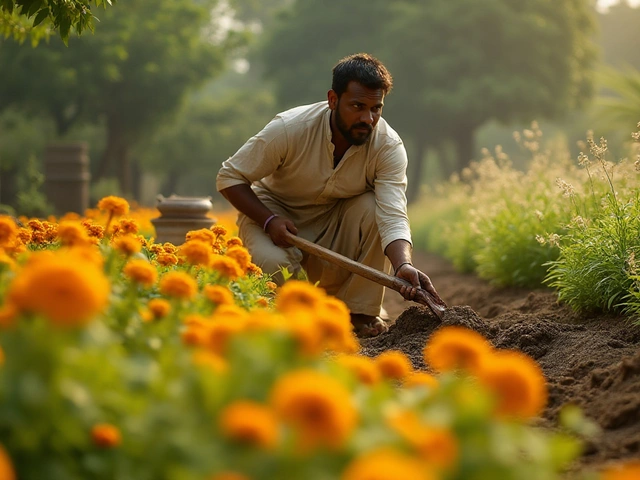
Tips to Firm Up Loose Garden Soil: Expert Techniques
By Alden Thorne Dec 9, 2024

Make Your Terrace Cozy: Easy Tips for a Warm Outdoor Oasis
By Alden Thorne Mar 26, 2025
